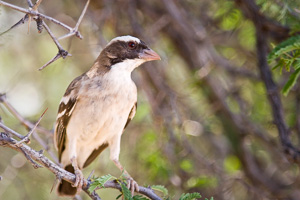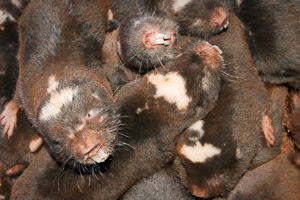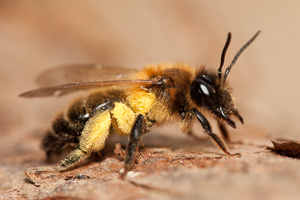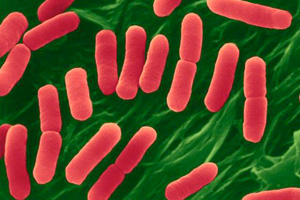Ageing Old2
AGEING: EVOLUTION & MECHANISM
EVOLUTION & MECHANISMS OF AGEING IN NATURAL POPULATIONS
Long-term field studies | Comparative studies | Experimental evolution
The BIG Questions...
Our projects address evolutionary and mechanistic questions about how cooperation, conflict and dispersal in animal societies, and their impacts on life-histories. We do this through a combination of longitudinal field studies of wild social vertebrates, comparative studies across taxa, and experimental evolution work on microbes. SHOW A PHYLOGENY PIC FROM SOMETHING
Widely recognised that ageing occurs, but much variation in ageing rates remains poorly understood - likely to reflect plastic responses to the environment. Also little known about the origins of ageing, and the extent to which the genetic changes that occur during the evolution of ageing trajectories confirm to the predictions of the evolutionary theories of ageing. Finally, little is known of the evolutionary origin of ageing, which at its root arose in unicellular organisms via the evolution of asymmetric fission, which we are studying via experimental evoltuionary work on microbes.
COULD CHANGE THE BELOW IN TO QUESTIONS, BUT PROBABLY BEST RE NOVELTY TO KEEP IT AS IS.
INDIVIDUAL VARIATION IN AGEING
We use longitudinal field studies of social vertebrates to investigate the causes of the often marked individual variation in ageing patterns seen in natural populations. We have particular interests in parental age effects, downstream effects of the early life environment, impacts of cooperation and conflict over the life-course, and the significance of parental age and genetic effects.
MECHANISMS OF AGEING
We are investigating XXX. Telomeres, oxidative stress, stressors more broadly, toothwear, endocrine parameters and immune parameters. Private / public mechanisms. Genetics?
THE EVOLUTION OF AGEING
We are testing theories for the evolutionary origin of ageing, and th evoltuion of ageing rajcetories, using experimental evolutionary studies of microbial ageing. And we are using comparative studies across vertebrates to investigate the eevolutionoglca drivers of life-history variation and the role of constraints in life-history evolution.
Model Systems:
white-browed sparrow weavers
We have been running a longitudinal field study of this cooperatively breeding bird in the South African Kalahari desert since 2007. We now have >11 years of life-history data for >40 social groups, comprising egg, nestling and provisioning data from >900 breeding attempts, and >1700 individuals monitored throughout their lives to date.
EUROPEAN BADGERS
The Animal Plant and Health Agency (APHA) have been monitoring the lives of all individuals in 40 social groups of European badgers for the past 40 years, with a particular focus on their role in bovine tuberculosis dynamics. This work has yielded an incredible longitudinal data set of life-history, morphology and disease status information on >5000 individuals.
We use this phenomenal model to study the evolution & mechanisms of ageing and their interactions with sociality, in collaboration with APHA.
SOCIAL MICROBES
I have recently begun to use E. coli to conduct experimental evolutionary studies of ageing in unicellular organisms.
for experimental evolution We also use a range of other social organisms as models. My PhD and early fellowship work focussed on conflict and cooperation in meerkat societies, and then I set up a longitudinal field study of Damaraland mole-rats. I am now also engaged in collaborative research on cooperation and conflict in banded mongoose and social insect societies, and have recently begun collaborative experimental evolution work on social microbes.
RELEVANT PUBLICATIONS:
The role of telomeres in the mechanisms and evolution of life-history trade-offs and ageing
Young, A.J. (2018)
Philosophical Transactions of the Royal Society B
Causes and fitness consequences of telomere dynamics in a wild social bird
Wood E. (2017)
PhD thesis
Age-related declines in immune response in a wild mammal are unrelated to immune cell telomere length
Beirne, C., Waring, L., McDonald, R.A., Delahay, R., Young, A.J. (2016)
Proceedings of the Royal Society B
The oxidative costs of reproduction are group-size dependent in a wild cooperative breeder
Cram, D.L., Blount, J.D., Young, A.J. (2015)
Proceedings of the Royal Society B
Sex differences in senescence: the role of intra-sexual competition in early adulthood
Beirne, C., Delahay, R., Young, A.J. (2015)
Proceedings of the Royal Society B
Workforce effects and the evolution of complex sociality in wild Damaraland mole-rats
Young, A.J., Jarvis, J.U.M., Barnaville, J., Bennett, N.C. (2015)
American Naturalist
Oxidative status and social dominance in a wild cooperative breeder
Cram, D.L., Blount, J.D., Young, A.J. (2015)
Functional Ecology
Immune response in a wild bird is predicted by oxidative status but does not cause oxidative stress
Cram, D.L., Blount, J.D., York, J.E., Young, A.J. (2015)
PLOS One
The mechanisms of senescence in wild European badgers
Beirne, C. (2015)
PhD Thesis
Age-related declines and disease-associated variation in immune cell telomere length in a wild mammal
Beirne, C., Delahay, R., Hares, M., Young, A.J. (2014)
PLOS One
Costs and benefits of cooperative behaviour in a wild bird: the role of oxidative stress
Cram D.L. (2013)
PhD thesis
Stress and the suppression of subordinate reproduction in cooperatively breeding meerkats
Young A.J., Carlson A.A., Monfort S.L., Russell A.F., Bennett N.C. & Clutton-Brock T.H. (2006)
Proceeding of the National Academy of Sciences of the USA 103: 12005-12010








